Col de Portet: The Tour’s new icon
In the Col de Portet, the Tour de France has unearthed a stunning climb that’s set for legendary status. Peter Cossins headed to the Pyrenees to ride it before the pros do
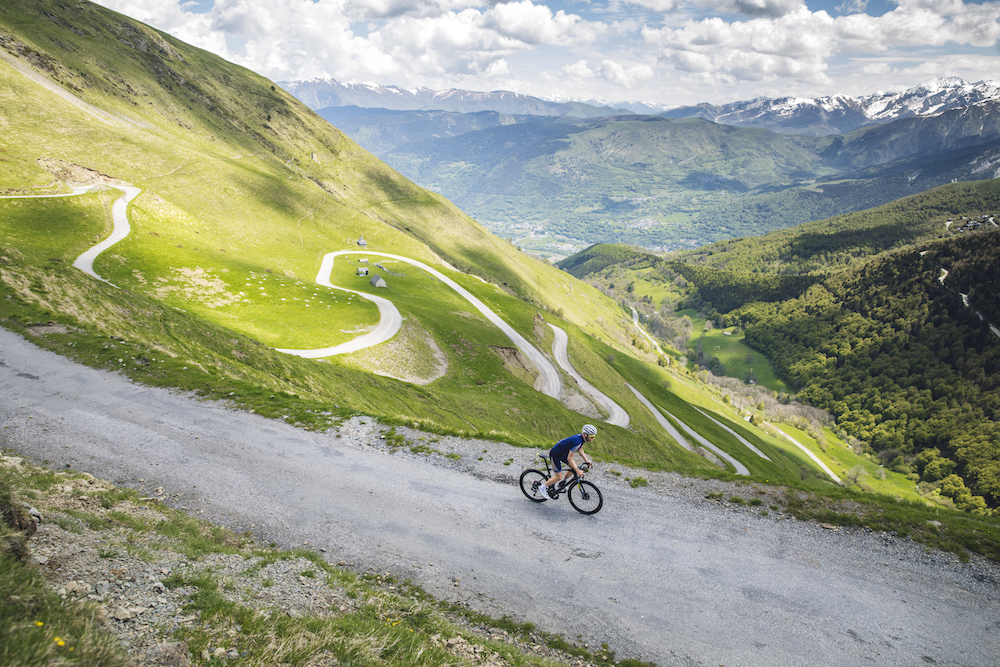
Unlike the organisers of the Giro d’Italia and Vuelta a España, Tour de France boss Christian Prudhomme and his first lieutenant/route-finder Thierry Gouvenou don’t have the benefit of an almost endless supply of testing climbs with which to spice up each edition of the Tour.
Nevertheless, over the past decade or so, they have regularly served up some of the most compelling and unpredictable mountain stages in recent Grand Tour history, frequently conjuring something new and dynamic from what is often very well-travelled terrain.
>>> Who will start where in the grid start on stage 17 of the 2018 Tour de France?
The upcoming Tour provides several further examples of this, from the double ascent of the tricky climb to Mûr de Bretagne, the inclusion of several sectors of Paris-Roubaix’s pavé and the introduction of the dirt road on the Plateau de Glières. None stands out more, though, than stage 17, a 65-kilometre dash between Bagnères-de-Luchon and the summit of the Col de Portet, a climb appearing for the first time.
Soon after Prudhomme had confirmed the Portet’s inclusion on the Tour route at the race presentation last October, I suggested a story on it, rashly adding that I planned to ride it as soon as the road to the 2,215-metre summit was free of snow. With only 65km to cover in the warmth of the mid-May sun, I figured it would be far from the toughest test I’d ever set myself. Yet I was wrong on both counts.
After the hardest winter the Pyrenees had seen in two decades, it was followed by the wettest spring. Arriving in Luchon with today’s riding partner, Oliver Bridgewood, the sky was blackening.
My mood soon was too as we started up the Peyresourde. A Tour classic, its steepest sections arrive immediately and quickly had me flicking between my smallest gears. The pros will be wise enough to loosen their legs much more than I did when the peloton heads onto it on July 25, but after two and a half weeks of racing these ramps are sure to claim some early victims.
Get The Leadout Newsletter
The latest race content, interviews, features, reviews and expert buying guides, direct to your inbox!
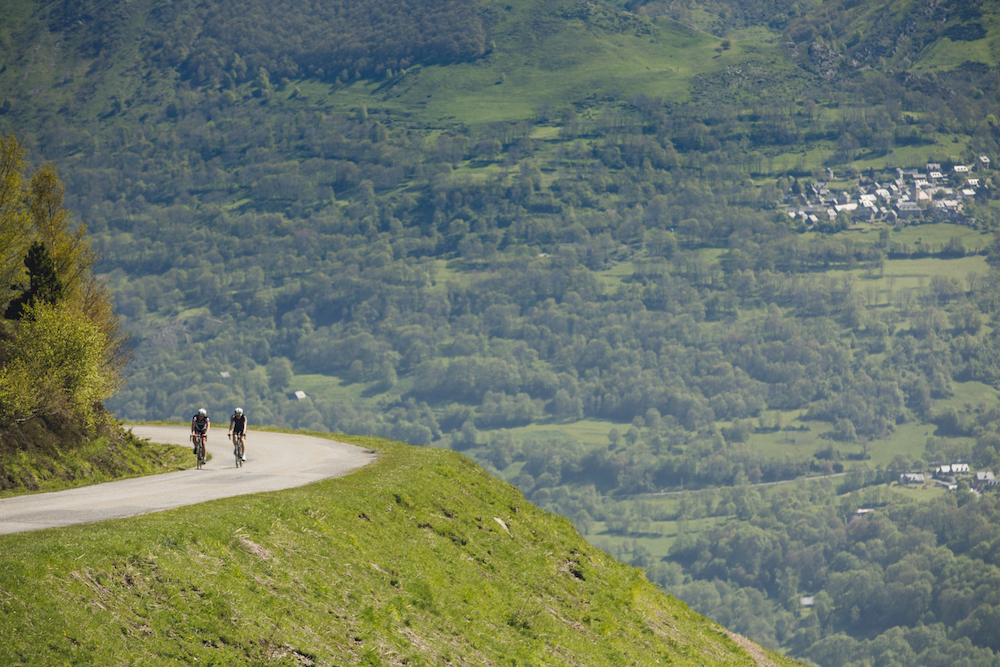
I’m not a great fan of the Peyresourde. Wide, well-engineered, with long straights and regular in gradient, it’s more Alpine than Pyrenean. I prefer not knowing what’s just ahead. It’s open too, and the wind gusting down it was soon whipping heavy rain into my face. The upper slopes, though, are majestic, the road sweeping in huge curves up to the pass and offering long views back down the valley behind.
Being so well engineered, the Peyresourde usually makes for a thrillingly fast descent, but the return of the rain left us picking our way slowly through debris on the drop into the Louron valley. At the bottom there’s just a couple of kilometres of flat road before the route kicks sharply up again on the Col d’Azet, a more typically Pyrenean climb, with short straights in between tight hairpins rising through dense woodland.
Watch: Tour de France stage 17 full ride preview
Just above the tiny ski station of Val Louron, the top of the Azet offers stunning views into the Aure valley and right up to the Col de Portet. It’s a spectacular vantage point. Armed with a decent set of binoculars, spectators can watch the race coming past the altiport runway at Peyragudes, where Chris Froome cracked during last year’s Tour, track the riders down the Peyresourde, watch them race up the Azet and, later, follow them as they climb towards the finish.
Making the gradient
Like the Peyresourde, the descent from the Azet is extremely fast. All too soon, the road drops into Saint-Lary-Soulan, weaves through the town and starts to climb, very gently, towards the village of Vignec a couple of kilometres away. These are by far the easiest sections on the 17.8km ascent of the Portet, which climbs at an average of 7.9 per cent to an altitude 100 metres higher than the Col du Tourmalet.
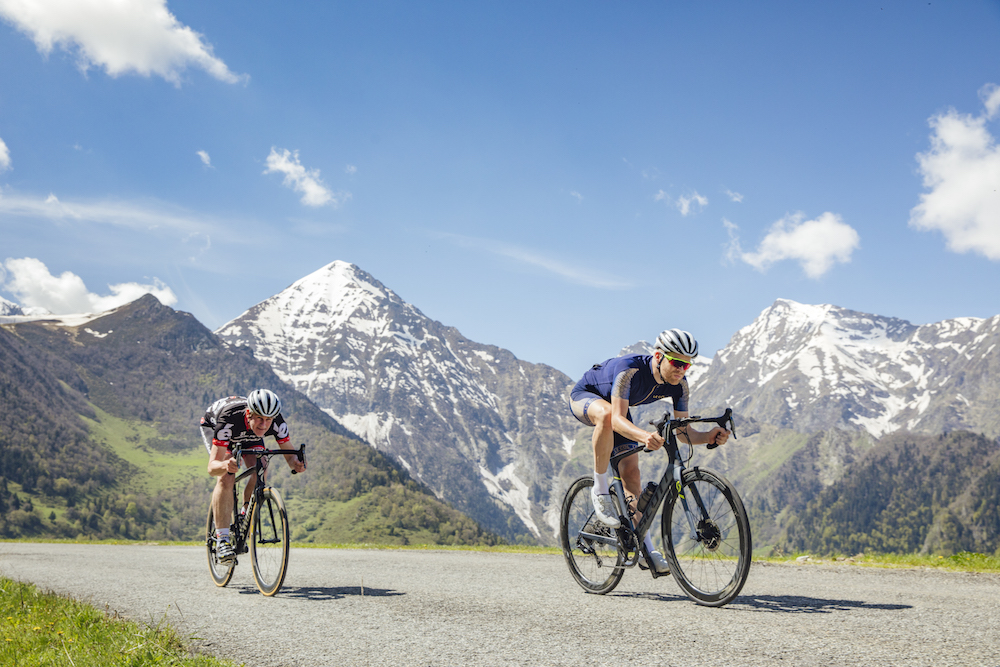
While these stats attest to its difficulty, seeing and riding the Portet enables far better understanding of why the Tour organisers are so proud of their latest discovery. The opening two kilometres reminded me of the road that leaves Le Bourg-d’Oisans to reach the foot of Alpe d’Huez, and the comparison is fitting as, like the iconic Alpine climb, the Portet really begins when it switches steeply up, the road cutting into an almost sheer cliff face. From here, with 16km to the summit, the Portet averages 8.3 per cent, but several kilometres pass before it drops even to that slightly daunting figure.
The launchpad extends to almost two kilometres, glances to the right underlining how quickly the road is leaving the wide valley floor, once again in similar fashion to Alpe d’Huez. But this opening section is harder than the Alpe, because the first hairpin is much further away. Heading towards it was like swimming in a 50-metre pool after doing all your training in one half the size. “When is the end going to come?” I kept asking myself.
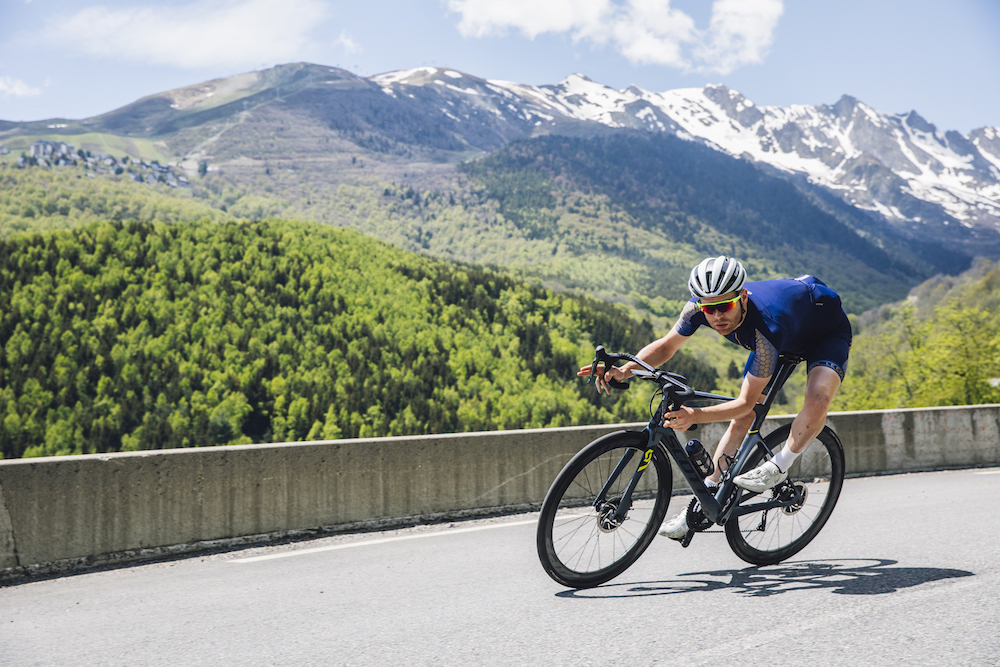
When that hairpin did finally arrive, there was no let-up in the gradient, as is the case on Alpe d’Huez. The bends are steep too, this first one featuring a plaque paying tribute to one of the Tour’s legendary performers. A black-and-white picture at the top of it shows Raymond Poulidor on the attack just above this corner in the 1974 stage to Pla d’Adet, the then 38-year-old Frenchman distancing Eddy Merckx to win the first stage to the ski station. Even on the shorter 10-kilometre ascent to Pla d’Adet, this was a brave move on Poulidor’s part as the next two kilometres are very nearly as steep as the first couple.
The only positive as we slogged up them was that there were no rain clouds in this valley and we were finally starting to dry out under a milky sun.
On the right track
Apart from a few minutes of respite in Soulan, a quarter of the way up the climb, the gradient remained at or close to double-digit levels until the road neared Espiaube, which sits in a saddle between steep mountainsides. Here the road splits, the left fork continuing towards Pla d’Adet and its 1,680m finish where Rafał Majka was the last stage winner in 2014, while the way right heads towards the towering peaks above the resort.
A sign pointing for the first time towards the Col de Portet soon marked the beginning of the second and very different half of this remarkable col. It was scheduled to feature in the 1982 Tour, but a dispute between local councils led to it being replaced by a finish at Pla d’Adet.
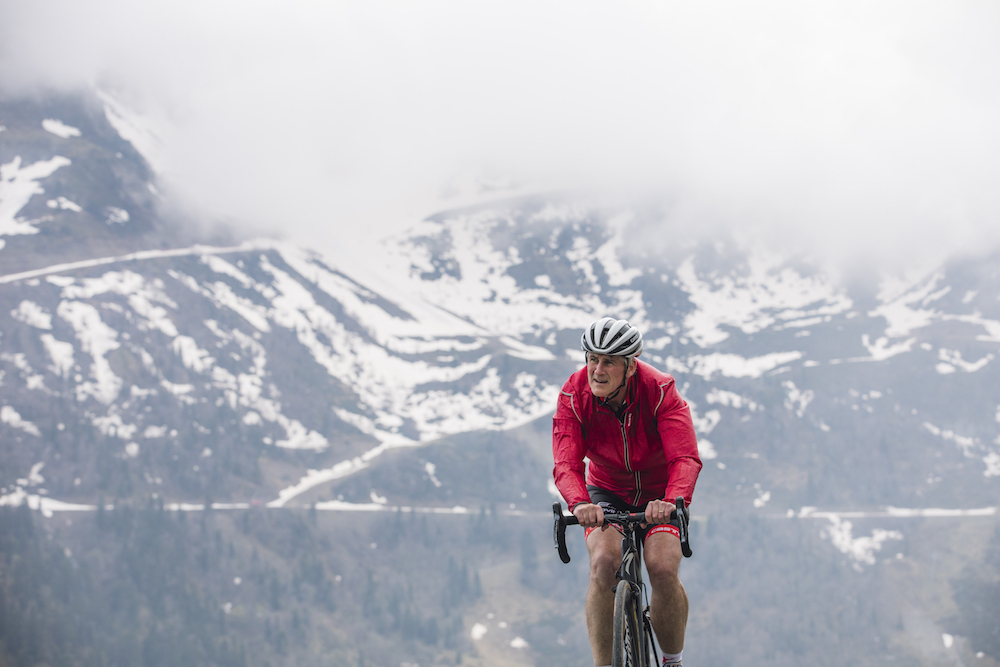
French senator François Fortassin, a member of the French parliament’s Amis du Tour de France until his death in 2017, persuaded Prudhomme that the pass had untapped potential. Having already taken up Fortassin’s previous tip on the Port de Balès, the Tour director went to have a look and was hugely impressed with what he saw, or at least by the possibilities the Portet presented. After eight kilometres on a wide, very well-surfaced, albeit steep road that has been designed to enable easy access for cars and coaches to the ski station, the next eight kilometres are much more typically Pyrenean.
Narrow, twisting and poorly surfaced, they provide the Portet with unquestioned X factor, the stuff that will make it a guaranteed draw for the Tour and its fans for decades to come.
Very open right from the start, the first kilometres are only one per cent shallower than those that initially veered upwards from the valley floor. On a surface pocked with holes, peppered with stones and rocks that have tumbled onto it from the crumbling banks above, we focused on the road ahead rather than the stupendous panorama unfolding around us.
We were now riding on something akin to a forestry fire road. Gravel, stones large and small, and jagged sections of bedrock made keeping a straight line impossible. If there’d been a team car behind I would have raised my arm to signal for a mountain bike. Weaving madly to avoid hazardous debris, anyone watching from the hairpins above would have imagined we’d enjoyed a very boozy lunch in Saint Lary.
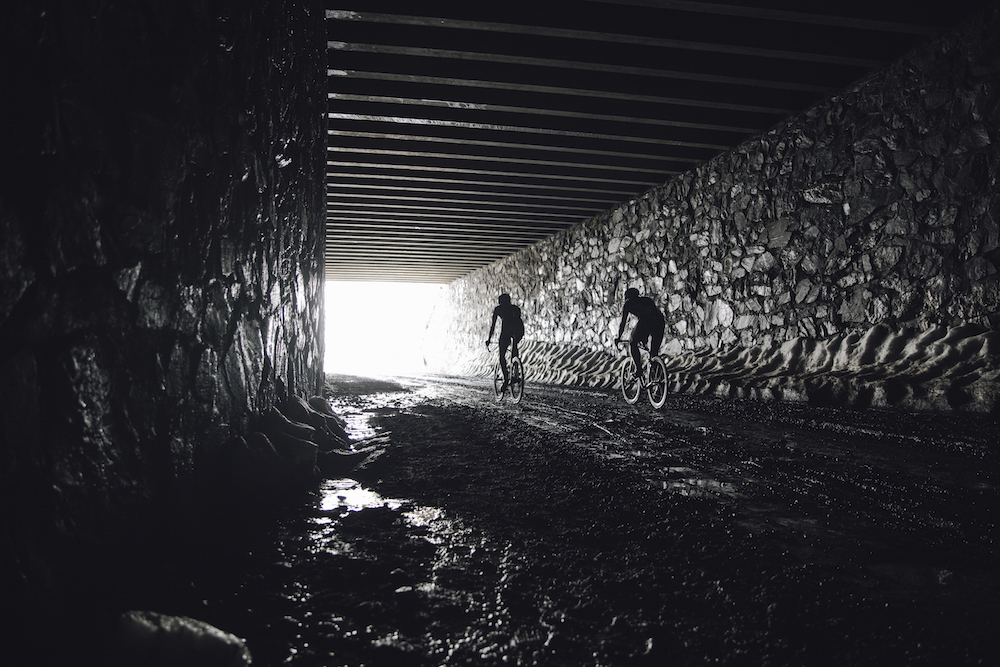
Considerable resurfacing work is planned for the weeks prior to the Tour’s arrival, and I climbed with growing envy of the pros who will have a perfect surface on which to race. Yet, at the same time I could well see that there was no earthly way they could race on the infernal surface we were picking our way through.
After a few hundred metres the tarmac returned as we got further into a section where 11 tightly-packed hairpins are piled crookedly on top of each other like a piece of overcooked spaghetti stuck to the bottom of a pan. I was just starting to enjoy the view when the road returned to rubble. My spirits, buoyed by the thought that the previous nightmare had been a one-off, sank a little, but were kept afloat by frequent glances across to Pla d’Adet, which steadily dropped further away.
Above the hairpins, the road turned towards the pass. Rounding a bend 3km from the summit, I could see it on the far slope of the valley, a final hairpin cutting through deep snow to reach the top. Still switching between rough and ridiculous, the road carried us above 2,000 metres and towards it, before we were presented with one last surprise.
Entering the final kilometre, the road, once again unsurfaced, disappeared into a short, curving and unlit tunnel, the smell inside highlighting its popularity as a shelter for the livestock roaming the surrounding pastures. It was pitch black, which was just as well given what we were riding through.
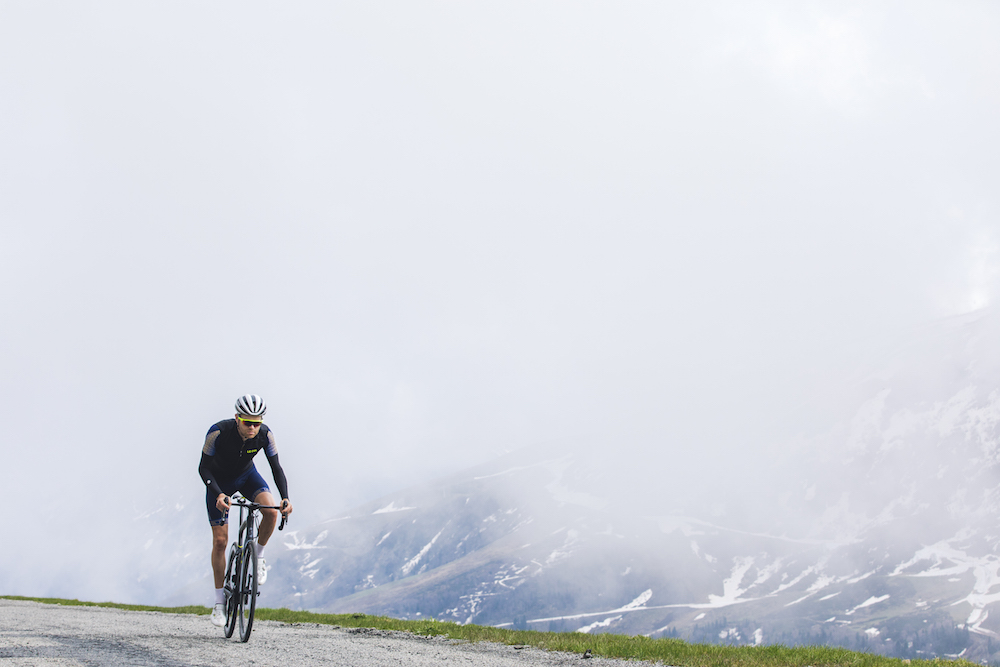
Reaching the glimmer of light at the far end, we were soon up to the very acute hairpin that leads up to a pass so lofty that the renowned high-altitude GR10 walking trail between the Atlantic and Mediterranean passes through it.
It is a magnificent setting, the view stretching to Pla d’Adet, the Col d’Azet and the Peyresourde, barely visible with the rainclouds still hovering over it.
Whatever the result of Prudhomme’s experiment with a super-short mountain stage, by the evening of July 25 the Col de Portet, an ascent that has a little bit of everything, will undoubtedly have sealed its place in the Tour’s pantheon of classic climbs.
The how, where and when of riding the Portet
Accessing the central section of the French Pyrenees from the UK is straightforward. Although not the closest in terms of distance, Toulouse airport is often the best option because of its range of destinations and wide choice of car hire companies. The drive to Saint-Lary-Soulan takes just short of two hours. Pau and Tarbes-Lourdes are closer and worth checking out too.
Cycling Weekly stayed at Le Closier B&B in La Barthe-de-Neste, which focuses on the cycling market. With a well-equipped workshop, Cervélo bikes for hire and half-board lodging in very comfortable rooms, it is ideal for large groups or teams. There are plenty of lodging options in Saint-Lary-Soulan from around £40 a night for a double room. Several of the ski shops rent bikes and sell accessories in the summer season, including Alex Sports and Evolution 2. There are no cafes or restaurants on the Col de Portet, so stock up in Saint-Lary-Soulan.
F1-style start in Luchon
The Tour’s innovative approach to the 17th stage also encompasses the stage start in Luchon. In a significant break with tradition, the riders will line up on a Formula 1-style grid. The yellow jersey will be at the front, with the other riders in the top 20 set up behind him in a staggered formation.
Behind them, the rest of the peloton will gather in groups 20 or 30-strong. As a consequence of this, some domestiques will start as much as 200 metres behind their leader.
Although Britain’s Adam Yates spoke for many racing at the Critérium du Dauphiné when he told CW that the initiative wouldn’t change much and that the domestiques would be quick to get to the front if required, it may have an impact in other ways.
Tour director Thierry Gouvenou believes that teams may have to rethink their tactic of offering domestiques “rotating rest days” because this could mean these riders end up at the back of the pack in Luchon.
Other riding
There are plenty of mountain tests in addition to Tour favourites such as the Aspin and Azet. Further up the Aure valley, Piau-Engaly hosted a Tour stage finish in 1999, while the adjacent ascent to the Lac de Cap de Long dam is cut from the same spectacular mould as the Portet, climbing for 23km from Saint-Lary-Soulan to reach 2,161m.
Reaching Lac d’Orédon, the road divides, the right spur going to Lac d’Aumar, which sits at a similar elevation. Northwards from Saint-Lary-Soulan, the beautiful Hourquette d’Ancizan is much quieter than the neighbouring Aspin. The two roads meet at Payolle, making for a testing but not lengthy circuit.

Thank you for reading 20 articles this month* Join now for unlimited access
Enjoy your first month for just £1 / $1 / €1
*Read 5 free articles per month without a subscription

Join now for unlimited access
Try first month for just £1 / $1 / €1
Peter Cossins has been writing about professional cycling since 1993, with his reporting appearing in numerous publications and websites including Cycling Weekly, Cycle Sport and Procycling - which he edited from 2006 to 2009. Peter is the author of several books on cycling - The Monuments, his history of cycling's five greatest one-day Classic races, was published in 2014, followed in 2015 by Alpe d’Huez, an appraisal of cycling’s greatest climb. Yellow Jersey - his celebration of the iconic Tour de France winner's jersey won the 2020 Telegraph Sports Book Awards Cycling Book of the Year Award.
-
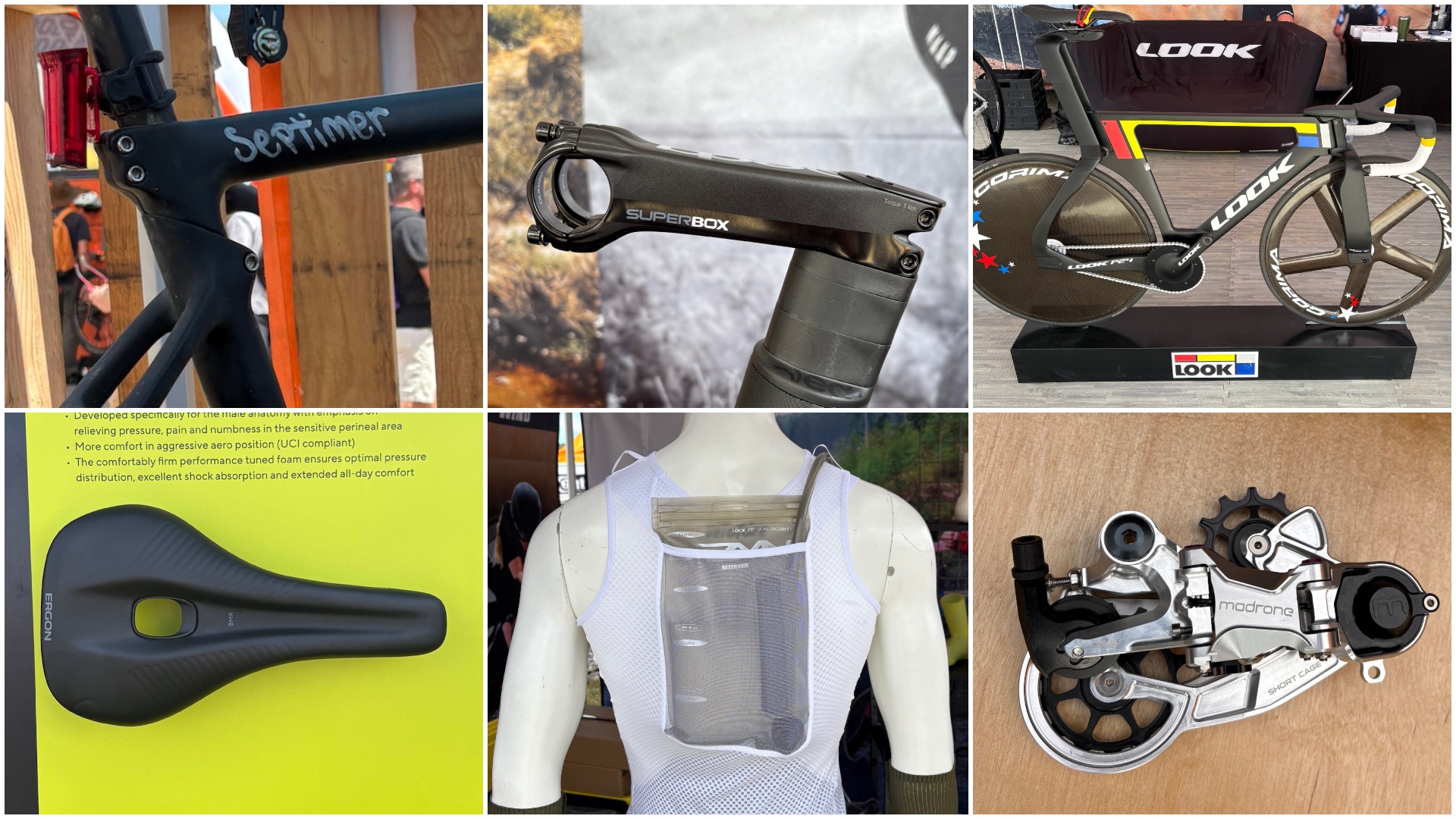 The Sea Otter Classic: sights and sounds from the biggest bike gathering in North America - Part 1
The Sea Otter Classic: sights and sounds from the biggest bike gathering in North America - Part 1Odds and ends that run the gamut, from a $13,000 frameset to armoured kit and new hydro-vests
By Tyler Boucher Published
-
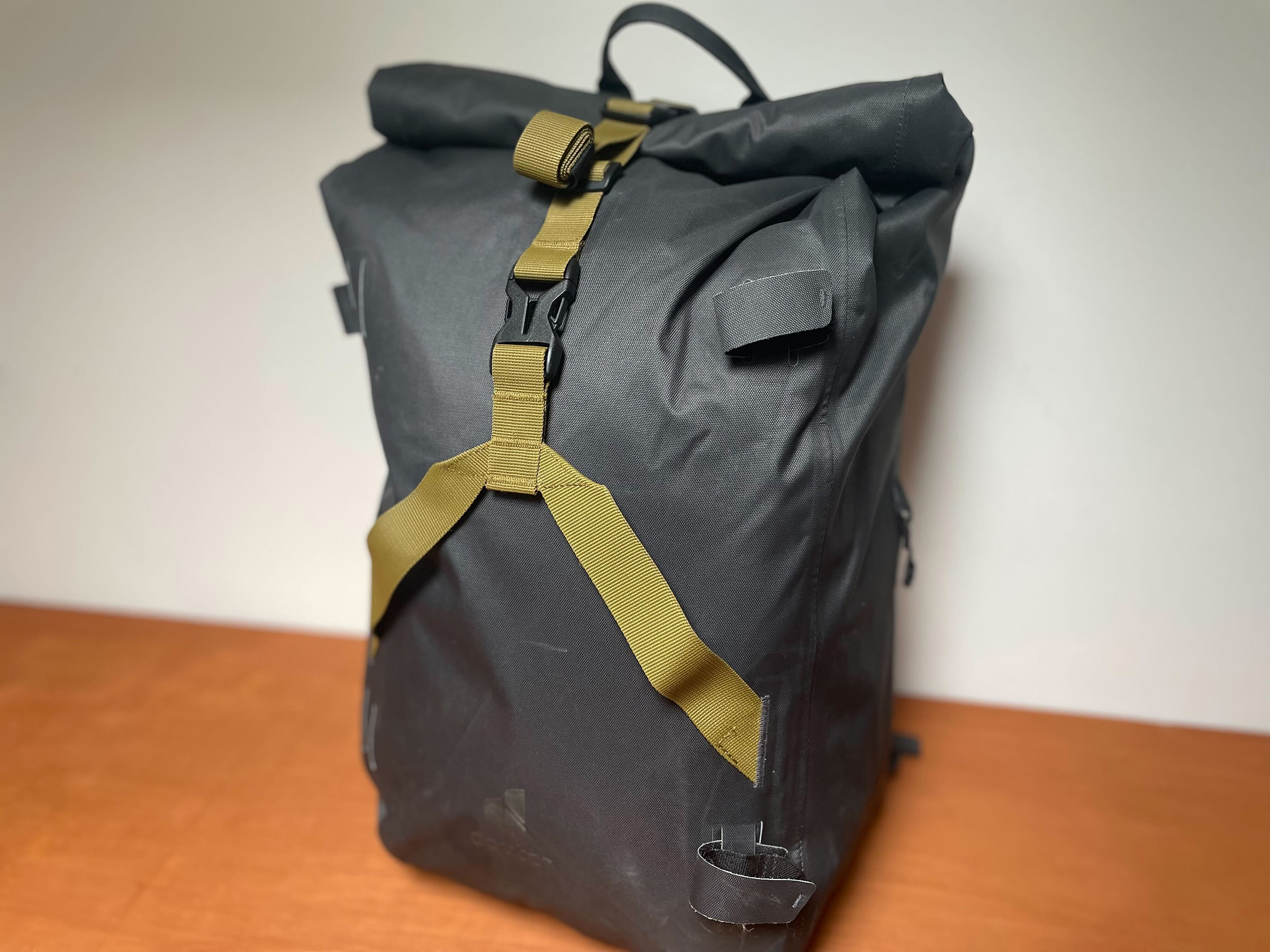 Deuter's 30ltr commuter backpack
Deuter's 30ltr commuter backpackA rolltop bag to fit a change of clothes and a sandwich. And keep them dry
By Simon Richardson Published